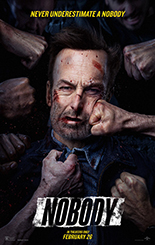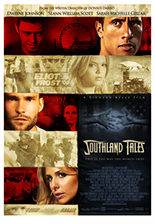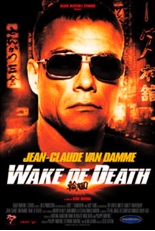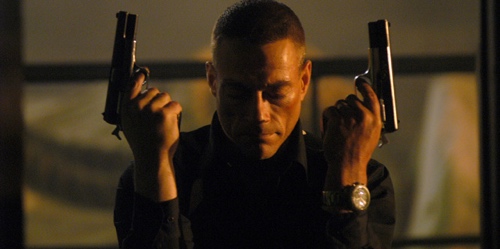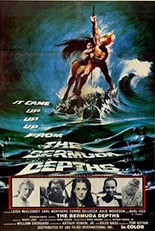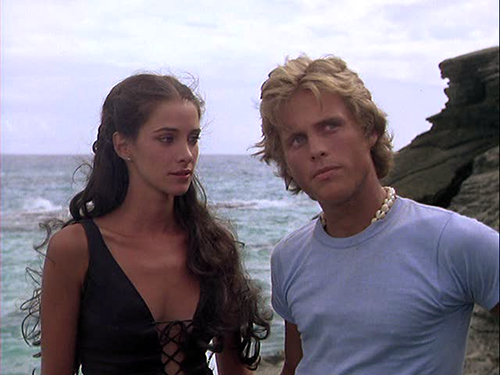
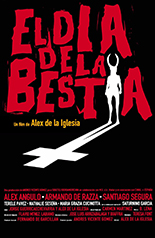 I’ve had a long, storied history with Spanish director Álex de la Iglesia’s El día de la bestia — better known in America as The Day of the Beast — than I care to admit. Having been a strange lover to his Acción mutante since my bootleg-buying days, sometime in the summer between high school and college, I ordered a VHS copy of Beast from the back of some zine I don’t even remember.
I’ve had a long, storied history with Spanish director Álex de la Iglesia’s El día de la bestia — better known in America as The Day of the Beast — than I care to admit. Having been a strange lover to his Acción mutante since my bootleg-buying days, sometime in the summer between high school and college, I ordered a VHS copy of Beast from the back of some zine I don’t even remember.
Since that 10th-generation dupe, I’ve had the Trimark VHS I got as a previously viewed tape from one of the many video stores I worked at, as well as a washed-out DVD transfer with no subtitles numerous years ago from eBay, all in a pathetic effort to watch what I now consider to be the finest horror flick ever made.
Thinking that was the best I was going to get in my viewing life, it’s a miracle from God that Severin Films released it in a most proper format: Blu-ray and 4K, in a transfer where I can see what is going on and, through much-needed subtitles, finally understand what is going on instead of just inferring it.

Ordained priest Angel (Álex Angulo) has one night — Christmas Eve — to become as terrible as possible to find where in Madrid the son of Satan will be born. Through a series of horrifically comical events, he befriends metalhead José María (Santiago Segura) and television psychic Cavan (Armando De Razza) to help him on his quest, almost a diabolical variation of the Don Quixote theme.
With an acid-tripping scene that inspired a few personal nightmares, not to mention a brutally evil ending where the devil appears in the flesh, de la Iglesia manages to invoke every single Catholic fear — especially of the Spanish variety — to craft a frighteningly dark view of not only the end of society, but the end of the world and the followers of such wanton destruction.
Of course, through a jaundiced eye of black comedy, The Day of the Beast manages to wring as many soul-wrenching laughs out of the infernal goings-on as it does skull-piercing frights from the satanic horror that, I can thankfully say, once again, make this my favorite horror film of all time, no contest. —Louis Fowler


